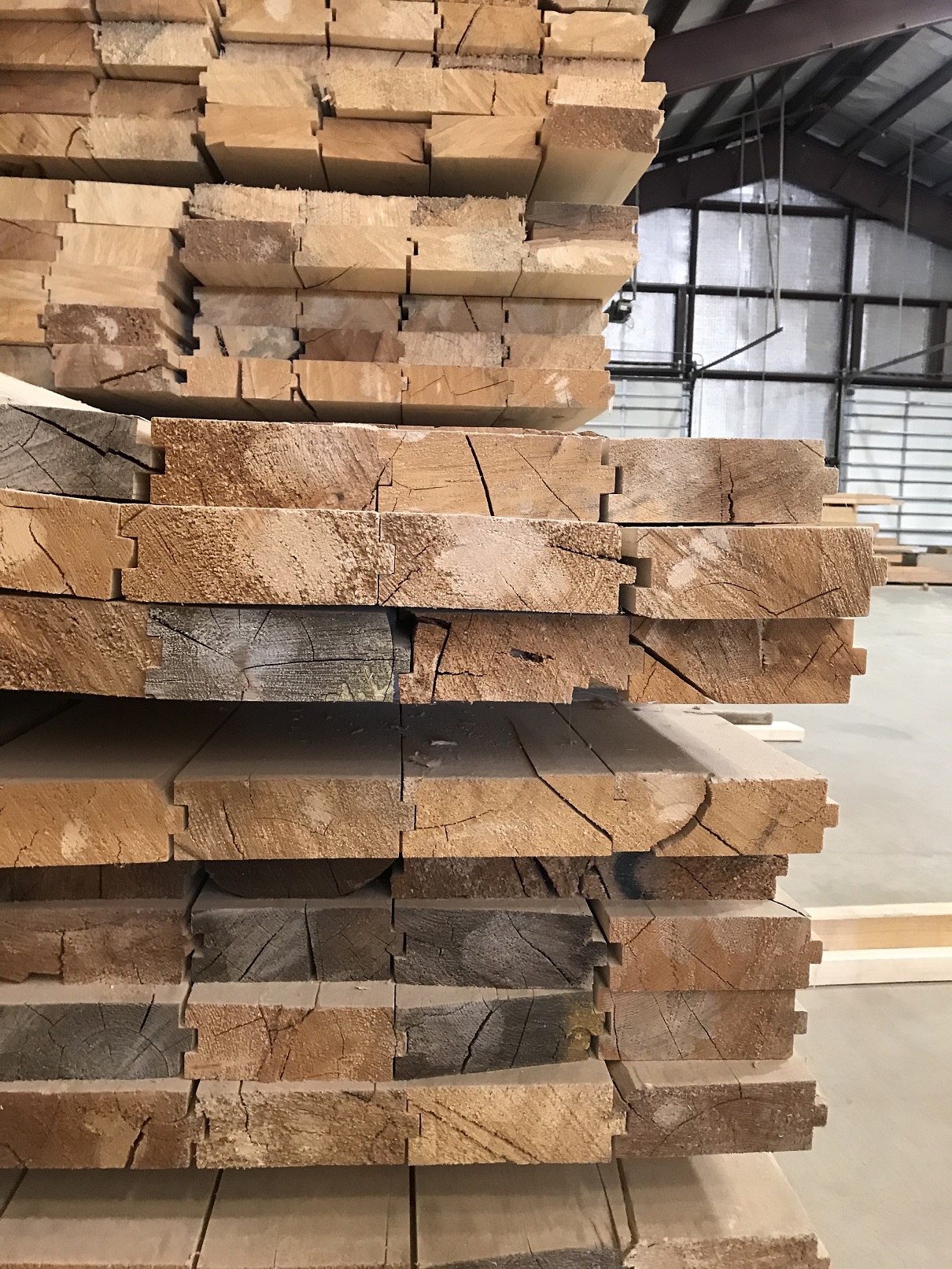Forest to Frame: Two Days of Touring and Workshops to Advance Mass Timber Construction in Utah
The influx of insect-damaged forests create increased fire risks and impair forest health on a massive scale. This problem requires a multi-faceted solution, one of which can be transforming beetle-killed trees into cross-laminated timber.

Mass timber is being made in Utah.
On September fourth and fifth, 2019, a group of cross-laminated timber enthusiasts including the Utah Biomass Resources Group, Woodworks, U.S. Forest Service, Euclid Timber, Utah Division of Forestry, Fire, and State Lands, and Method Studio partnered to hold a cross-laminated timber workshop for foresters, design and construction professionals, architects, engineers, and anyone interested in learning about locally manufactured, cross-laminated timber produced from local wood in a sustainable, safe, and cost efficient way.
The workshop began with a tour of the only mill making cross-laminated timber products in Utah, Euclid Timber Frames. Participants toured the facility, including the mill where massive cross-laminated timber walls are constructed. The tour was led by mill owner, Kip Apostol. Attendees observed how beetle-killed and low-value wood is transformed in to beautiful, useable wood for construction. Unique to this kind of timber frame construction is the lack of metal and glue used to connect the wood together. Instead, interlocking joints and pegs are used. Participants were able to observe the intricacies of the frame assembly as well as interact with and ask questions of the owner. Attendees then visited a two-story barn that was constructed from Euclid’s own version of cross-laminated timber. After visiting the farm, attendees participated in a mass timber workshop at the Utah Valley University Wasatch Campus in Heber City where business and public-sector experts were invited to speak about the details (from architecture to fire safety) of using mass timber.
The day before the cross-laminated timber workshop, USU held its 18th consecutive Timber Harvest Tour. The first tour occurred in 2002. Since then, tours have taken attendees around the state visiting forests and rangelands to raise awareness of timely issues facing landowners, biomass experts, forest pest and health scientists, federal and state land managers, and agency professionals. On September 4, we visited The Uinta-Wasatch-Cache National Forest where the forests’ Timber Sale Administrator, Wes McPhie guided us through a section of the Uinta-Wasatch-Cache National Forest to tour a location where (hazardous) beetle-killed trees were removed near the Mill Hollow Campground. The objective of this operation was to improve public safety at that facility and remove dead and dying trees that pose significant fire risk. Next, we toured the Little Dip Salvage Timber Sale where beetle-damaged trees were actively being removed. The logs were taken to Euclid Timber Frames in Heber city, where they were made into mass timber.
These events provided participants a forest-to-frame experience by seeing the entire lifespan of the timber used for these buildings and a picture of the complex issues facing forests and forest managers in the West. The influx of insect-damaged forests create increased fire risks and impair forest health on a massive scale. This problem requires a multi-faceted solution, one of which can be transforming beetle-killed trees into cross-laminated timber. This two-day event brought the problem and solution full circle, demonstrating a sustainable industry uniquely poised to meet this problem head-on.













